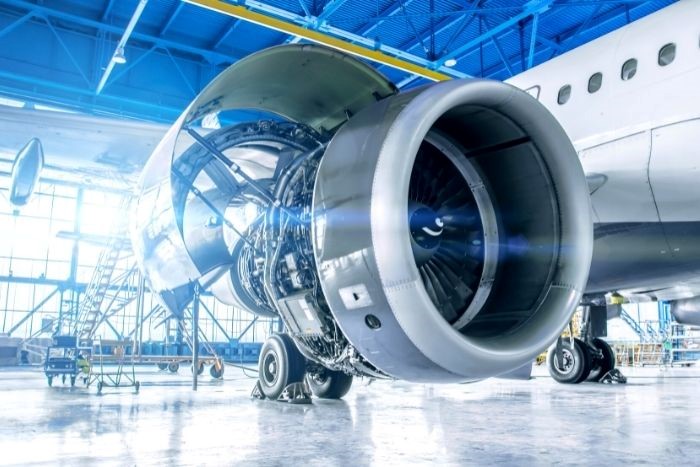In today’s fast-paced world, fail-safe electronics design plays a crucial role in ensuring that electronic systems operate reliably and safely. The importance of designing systems that can prevent or minimize failures cannot be overstated, especially in industries where electronics are integrated into highly critical applications. In this article, we explore various techniques and practical approaches to achieving robust fail-safe electronics designs, ensuring systems stay functional even in adverse conditions.

Understanding Fail-Safe Electronics Design
At its core, fail-safe electronics design focuses on creating systems that remain operational or safely turn off when they encounter faults or unexpected errors. Unlike traditional systems, which might result in catastrophic outcomes upon failure, fail-safe designs aim to prevent or limit these consequences, thereby enhancing reliability and user safety.
Principles of Fail-Safe Design
The Importance of Redundancy
Redundancy is a key principle in fail-safe design. By incorporating multiple pathways or components that perform identical functions, systems can continue to operate even if one part fails. Redundancy is essential in safety-critical applications, such as avionics and medical devices, where failure is not an option. For detailed insights, you may explore how redundancy is applied in aerospace electronics [here](https://blinternationalcompany.com/blog/redundancy-in-aerospace-electronics/).
Implementing Watchdog Timers
Watchdog timers are widely used in fail-safe electronics to continuously monitor system operations. These timers can reset a system or initiate a safe shutdown when anomalies are detected. They provide an additional layer of safety, ensuring systems react appropriately to unexpected conditions.
Design Techniques for Different Scenarios
Fail-Safe in Aerospace
The aerospace industry relies heavily on fail-safe electronics design. Systems like avionics must function correctly to ensure passenger and crew safety. Explore more on thermal and embedded systems in aerospace [here](https://blinternationalcompany.com/blog/thermal-management-in-avionics/) and [here](https://blinternationalcompany.com/blog/embedded-systems-in-aerospace/).
Safety in Industrial Electronics
In industrial settings, machinery and equipment equipped with electronics need fail-safe designs to protect workers and infrastructure. Safety mechanisms, such as emergency stop functions and shielded components, are integral to minimizing risk in these environments.
Real-World Applications
Medical Devices
Medical devices, such as pacemakers and infusion pumps, incorporate fail-safe electronics to protect patients. These devices are engineered to prevent malfunction and ensure they operate correctly, even in times of technical faults.
Automotive Systems
Modern vehicles are complex networks of electronics, making fail-safe design vital. Systems like braking, steering, and airbag deployment incorporate fail-safe principles to enhance passenger safety.
The Role of Testing and Validation
No fail-safe electronics design is complete without rigorous testing and validation. Developers must employ scenarios that simulate real-world conditions, ensuring systems behave as expected under various stresses and failures.
Challenges in Fail-Safe Design
Balancing Complexity and Safety
While increased complexity can bring about more robust solutions, it can also introduce additional points of potential failure. Designers must carefully balance these factors to achieve optimal results.
Cost Considerations
Implementing redundant systems and specialized components can incur significant costs. However, the reliability and peace of mind they offer often justify the expense.
Future of Fail-Safe Electronics
As technology evolves, so too does the field of fail-safe electronics design. We are seeing the integration of AI and machine learning to predict and prevent failures, which opens up new possibilities for even more reliable systems.

FAQs
What makes an electronic system fail-safe?
A fail-safe system remains operational or enters a safe state when a failure occurs, thereby minimizing risk to users and surroundings.
How is redundancy used in fail-safe designs?
Redundancy involves using multiple components or pathways that perform the same function, ensuring the system continues to operate if one part fails.
Why is fail-safe design important in aerospace?
The critical nature of aerospace systems requires fail-safe designs to ensure safety and reliability, preventing disastrous outcomes from failures.
For more insights into fail-safe electronics design, you can visit [BAE Systems](https://www.baesystems.com/en-us/who-we-are/electronic-systems).


